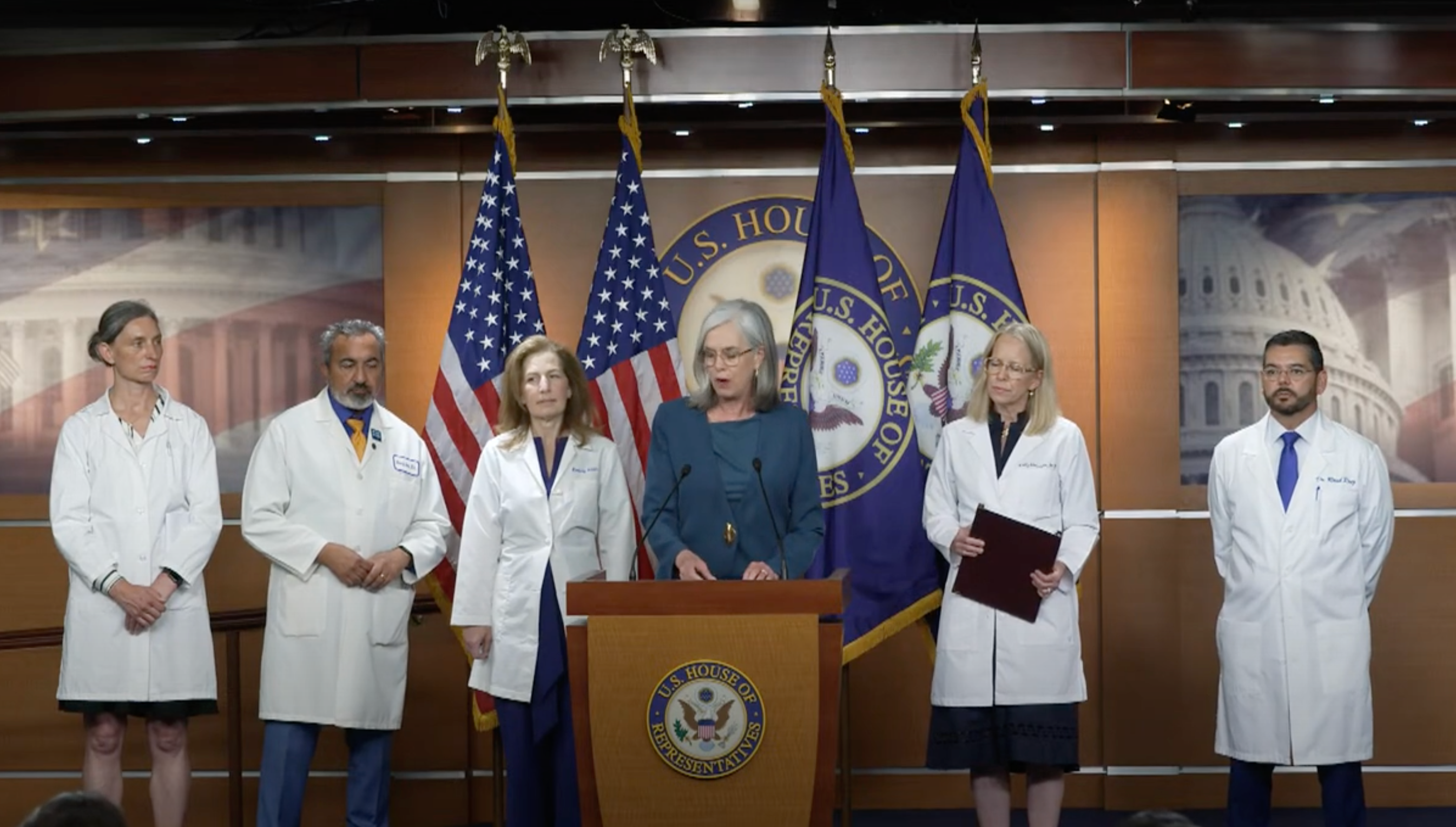Article
Blue-Collar Workers Benefitted the Most From ACA Insurance Gains
Author(s):
Individuals in traditional blue-collar jobs were the main beneficiaries of the Affordable Care Act because they were less likely to have employer-based coverage before the law, according to a new study.
Days before a federal court is due to hear arguments from a coalition of Republican-led states about why the Affordable Care Act (ACA) should be overturned, a new study published in Health Affairs found that the main beneficiaries of the landmark 2010 law are traditional blue-collar workers—those working in construction, transportation, farming, or service jobs.
Individuals in these job fields were less likely to have employer-based coverage before the ACA compared with employees in white collar, professional jobs, the study said. Employer coverage increased significantly among workers after the ACA, which included the individual and employer mandate. Those 2 provisions may have contributed to the uptake; it is unknown if employee coverage will fall with the repeal of the individual mandate, the authors said.
The researchers used data from the American Community Survey and used linear regression models to estimate unadjusted and adjusted changes between the pre-ACA years (2010-2013) and for each year post ACA (2014-2017).
Service workers—a category that includes jobs like home health aides and restaurant workers—had one of the highest uninsurance rates before the ACA and the largest drop afterward. More than 30% had no health insurance in 2010; by 2017, only 18% lacked health insurance, a drop of more than 14 percentage points. That compares with a 3-percentage point drop for white-collar workers.
Similarly, workers in production and transportation saw drops of 8.2 percentage points; workers in natural jobs, such as the oil and gas industry, construction, and maintenance saw a 7.7 percentage point drop. Those working sales and office jobs saw a 6.8 percentage point drop.
Across all workers, most of the increases in coverage came from the combination of Medicaid and nongroup health insurance, the 2 main mechanisms by which the ACA sought to increase access to health insurance. Under the ACA, individuals can buy health insurance directly (ie, nongroup coverage) and in some states, had expanded access to Medicaid. Service workers, for instance, had a 5.8 percentage point increase in Medicaid coverage.
The authors wrote that the changes were not the result of income differences or part-time versus full-time status, because the models adjusted for income and removing part-time workers had little effect on the results. Instead, variation in coverage reflected disparities in coverage through employer-sponsored health insurance.
Being offered health insurance through work is not the same as having coverage, since some workers may not be eligible (perhaps because of part-time status) and some may find the cost unaffordable.
The authors noted that about 43% of employers, typically small-sized ones, do not offer health insurance coverage; other many are self-employed or classified as contractors even if they work for a large company. It will primarily be blue-collar workers who will suffer harm from administration policies that cut Medicaid enrollment or upset the ACA marketplaces, the authors wrote.
The Trump administration repealed the individual mandate in its tax reform package in December 2017. It has also made other changes to the ACA’s health insurance marketplaces, such as expanding access to short-term, limited duration health insurance. The administration also ended cost-sharing reduction subsidies, which helped insurers keep premiums down for low-income people.
Next Tuesday, the Fifth US Circuit Court of Appeals will begin hearing arguments about whether to uphold a lower court ruling in Texas v Azar that said the ACA's individual mandate was unconstitutional and that the rest of the law must also fall. In an unprecedented move, the Department of Justice refused to defend the constitutionality of the law. A coalition of Democratic states, led by California, is seeking to overturn the lower-court decision.
Reference
Agarwal SD, Goldman AL, Sommers BD. Blue-collar workers had greatest insurance gains after ACA implementation. Health Aff (Millwood). 2019;38(7):1140-1144. doi: 10.1377/hlthaff.2018.05454.
Newsletter
Stay ahead of policy, cost, and value—subscribe to AJMC for expert insights at the intersection of clinical care and health economics.




